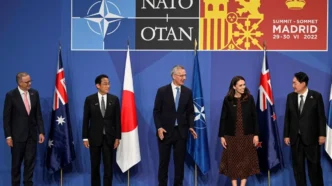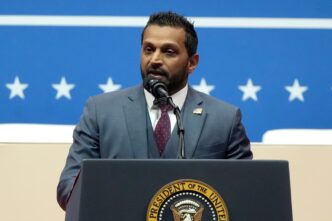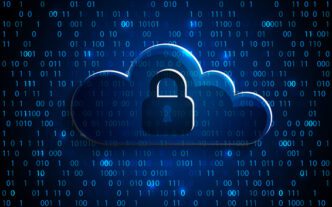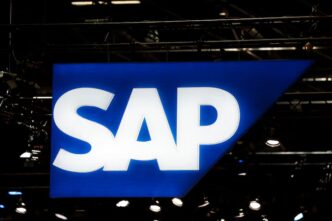NATO is stepping up its cyber readiness in a big way. This week, Locked Shields 2025 kicked off in Tallinn, Estonia, gathering nearly 4,000 cybersecurity professionals from 41 NATO allies and partner nations. Organized by the NATO Cooperative Cyber Defence Centre of Excellence (CCDCOE), this annual exercise is widely regarded as the world’s most advanced cyber defense drill.
Each year, Locked Shields challenges national teams with high-pressure simulations that mirror real-world cyberattacks. It’s not just about fending off hackers—it’s about testing how countries respond when their most critical systems come under fire. From telecommunications and power grids to military networks and emergency services, the scenarios are built to stress-test every layer of digital infrastructure.
A War Game for the Digital Age
The 2025 edition of Locked Shields is pushing the boundaries even further. Seventeen “blue teams” are defending more than 8,000 virtual systems against relentless digital attacks. These systems are hosted on a specialized cyber range built and maintained by Estonia’s CR14 Foundation. Over the course of the exercise, teams will face thousands of sophisticated cyber incidents, some simulating real-world tactics used by hostile nation-state actors and criminal groups.
But the attacks aren’t limited to brute-force hacking. Participants also have to deal with AI-generated disinformation campaigns, deepfake videos, and even strategic sabotage. In this year’s scenario, teams are expected to make fast decisions, communicate under pressure, and manage the legal and political implications of their actions—all while their infrastructure is under siege.
Mart Noorma, Director of the CCDCOE, stressed the urgency. “The world is witnessing a clear rise in cyberattacks on critical infrastructure. In Ukraine, we see energy grids and communications systems targeted almost daily. But this is a global issue. Hospitals, water treatment plants, and even schools have all been hit,” he said.
Locked Shields, he explained, isn’t just about preventing cyberattacks. It’s about preparing for digital warfare in a world where the line between peace and conflict is becoming harder to define.
Quantum, AI, and the Future of Cyber Threats
One of the biggest additions to Locked Shields 2025 is the introduction of quantum computing and AI-related challenges. Teams must now defend against attacks designed to exploit emerging technologies. These could include quantum decryption methods or AI-generated malware, both of which are rapidly becoming real-world threats.
By including these advanced simulations, the CCDCOE is making sure participants stay ahead of the curve. It’s not enough to defend against the threats of today. Nations must be prepared for what’s coming next.
Locked Shields also promotes cooperation between military and civilian sectors. Cybersecurity isn’t just a defense issue—it’s a societal one. When systems go down, everyday life can grind to a halt. That’s why this exercise includes not just defense forces, but also representatives from government agencies, critical infrastructure operators, and private companies.
Building Resilience Through Collaboration
The scale of Locked Shields reflects NATO’s evolving view on cybersecurity. In today’s world, a digital attack on one country can have ripple effects across the entire alliance. That’s why shared learning, rapid coordination, and collective training are more important than ever.
Each team in the exercise is judged not only on how well they defend their networks, but also on how they handle legal issues, public communication, and strategic planning. This holistic approach makes Locked Shields more than a technical test—it’s a full-spectrum readiness drill.
“Resilience is not built in isolation,” Noorma said. “It is forged through shared challenges, trusted cooperation, and relentless training. Locked Shields helps nations build that trust and experience in a simulated environment before they have to face it in the real world.”
Why It Matters Now
Cyberattacks are no longer isolated incidents—they’re part of a larger geopolitical toolkit. State-backed hacking groups now operate in the open, disrupting elections, spying on rivals, and undermining public confidence in democratic systems. In this environment, training exercises like Locked Shields are essential.
By simulating high-stakes, cross-border attacks, the event prepares nations to respond faster, recover more effectively, and reduce the impact of future incidents. It also allows countries to test new technologies, refine their playbooks, and build the trust needed for real-world cooperation.
Locked Shields 2025 sends a clear message: NATO and its partners are not sitting idle. They are actively preparing for a world where cyber conflict is not just possible, but inevitable.













